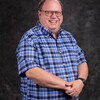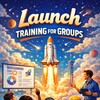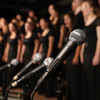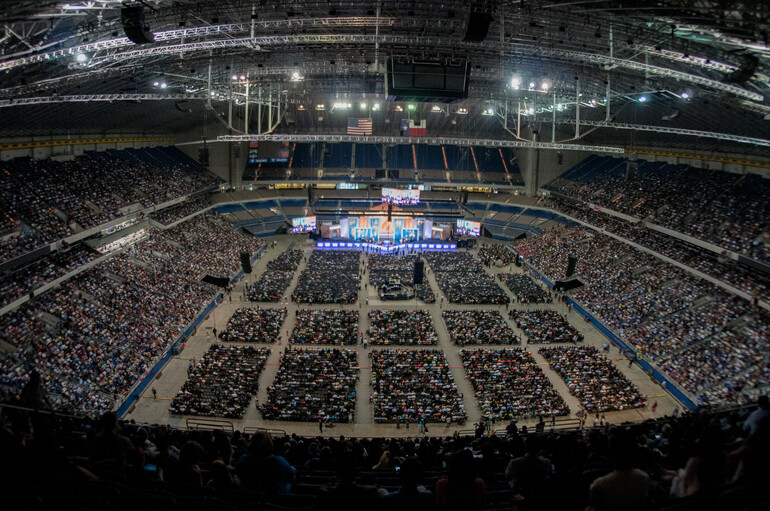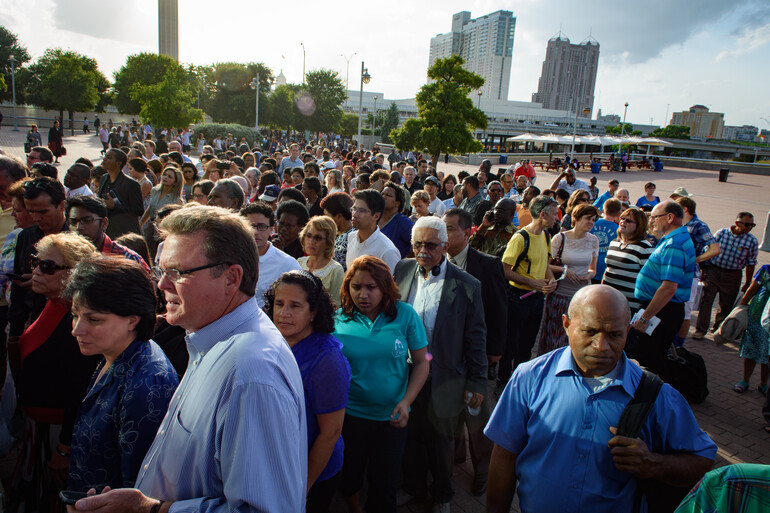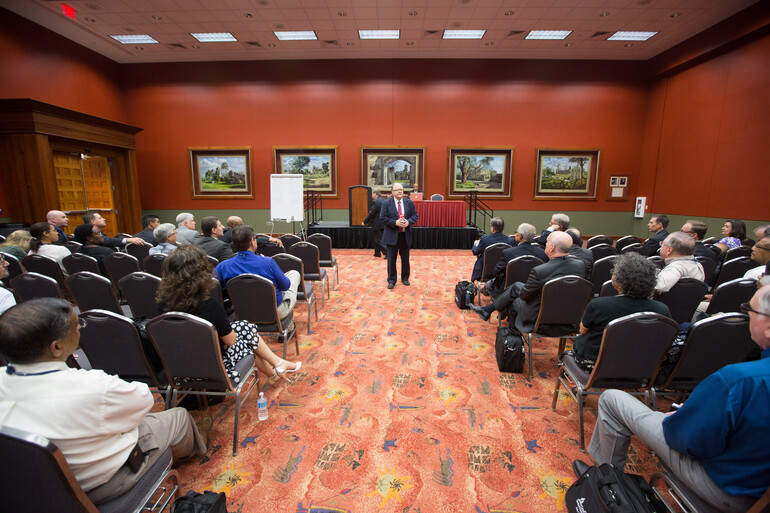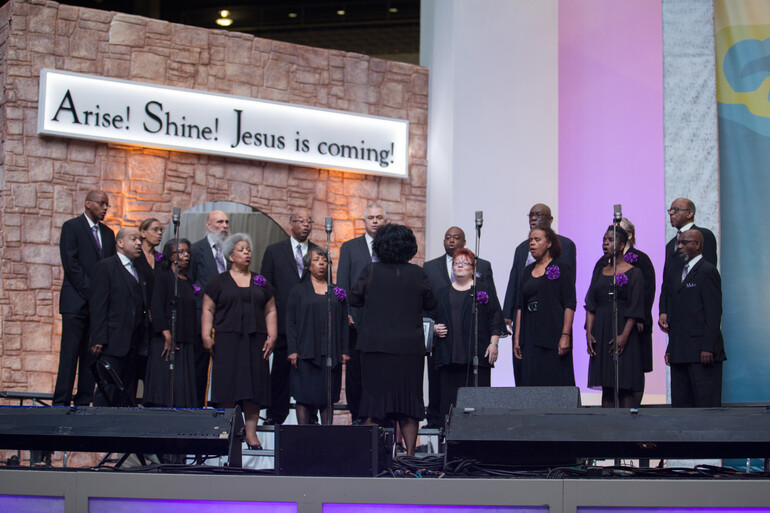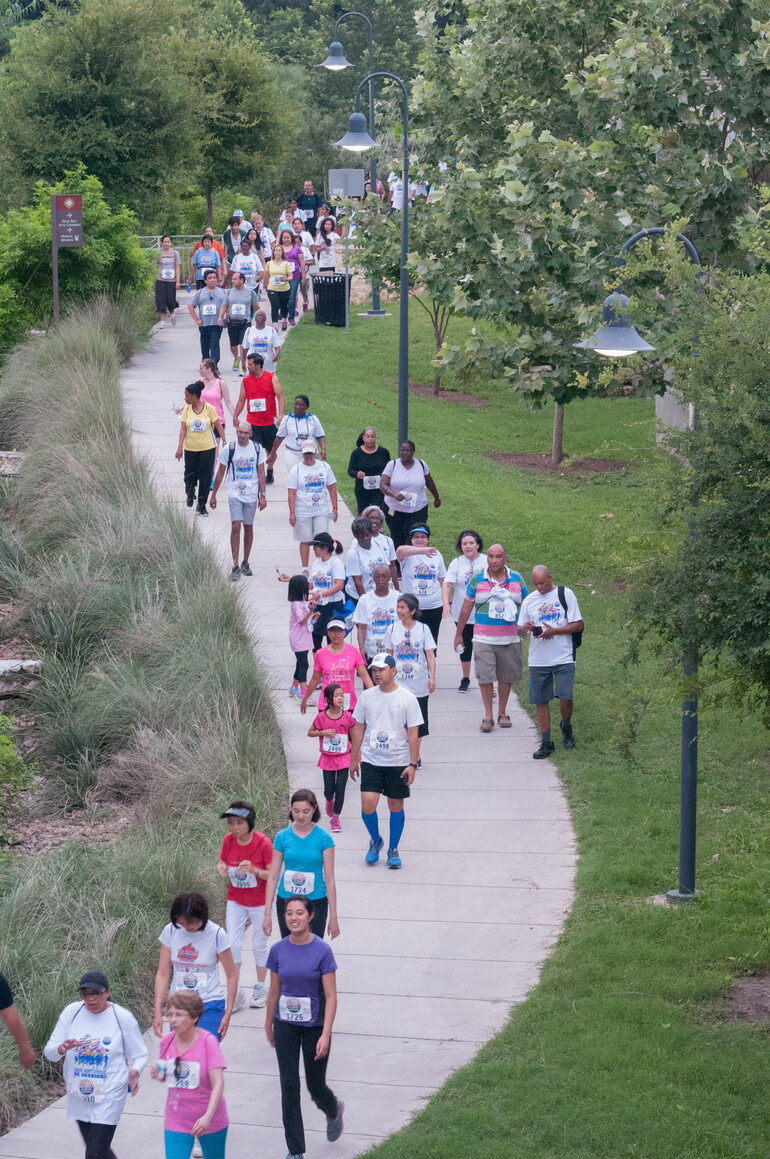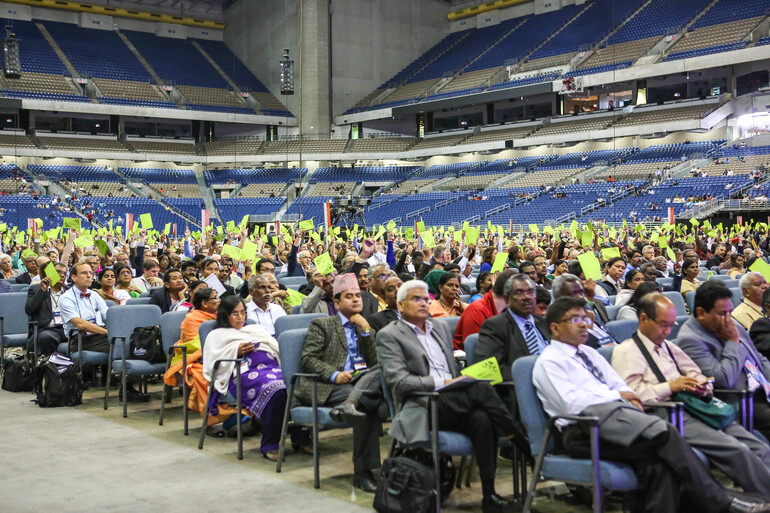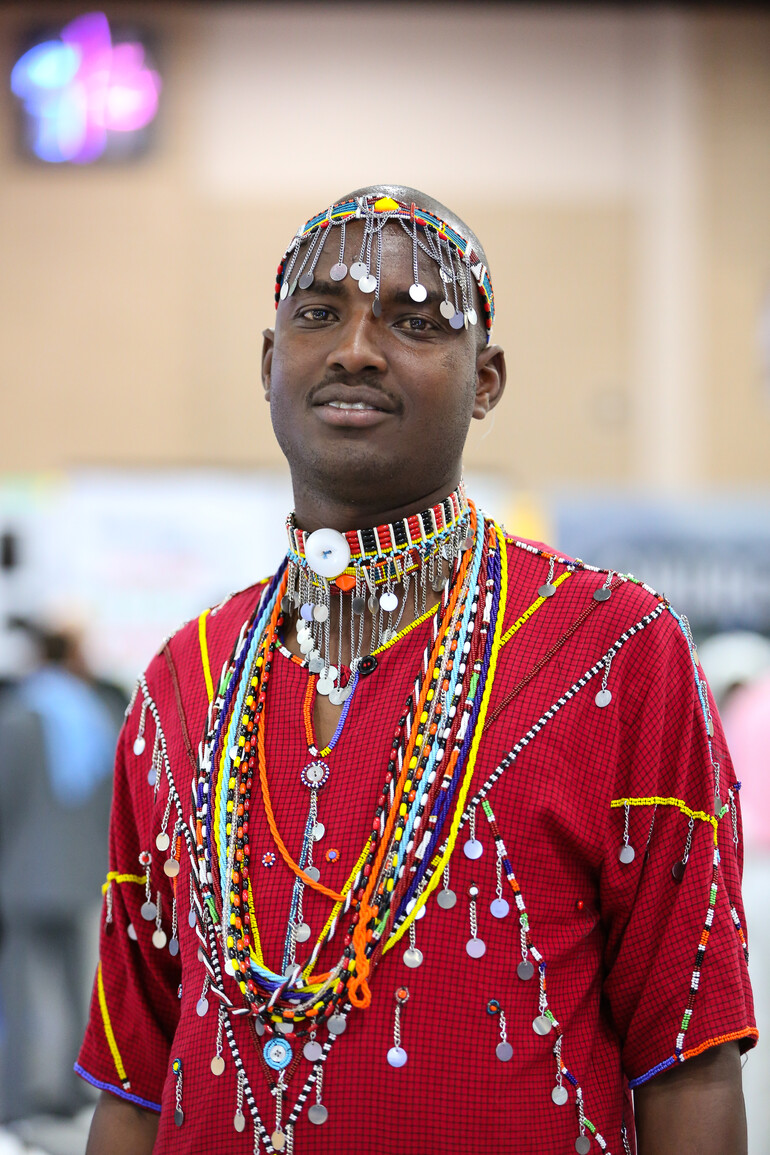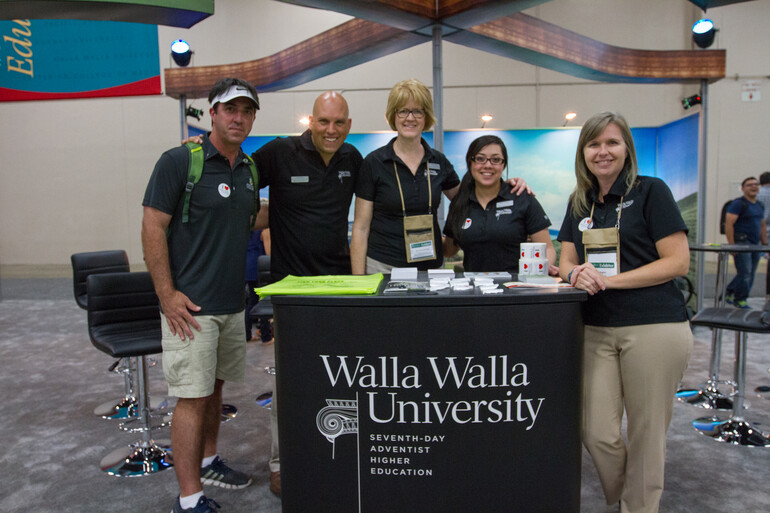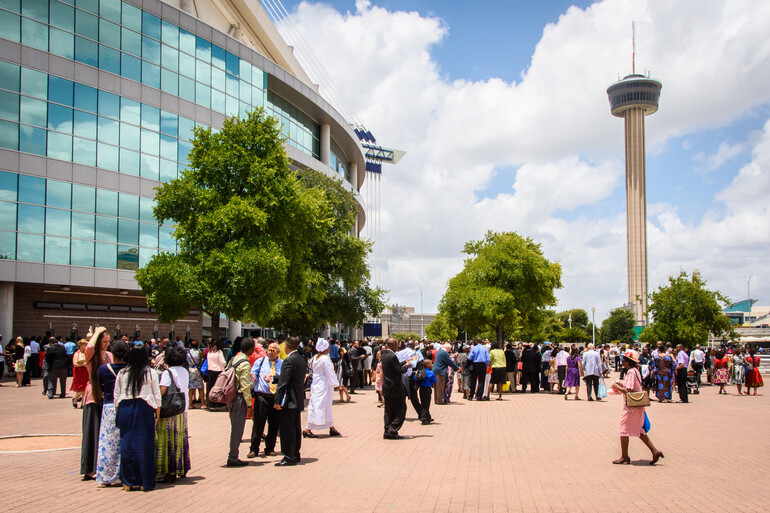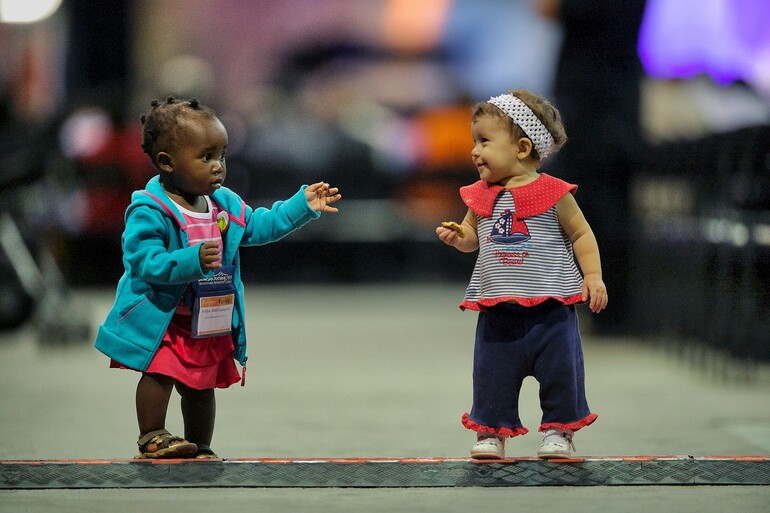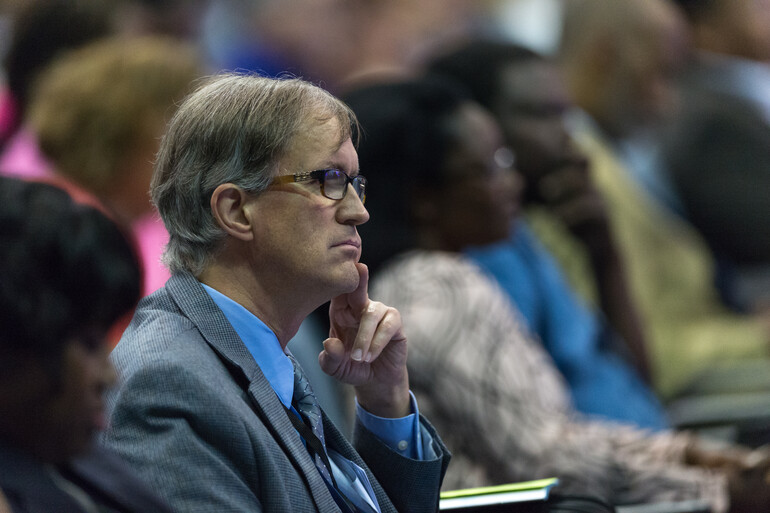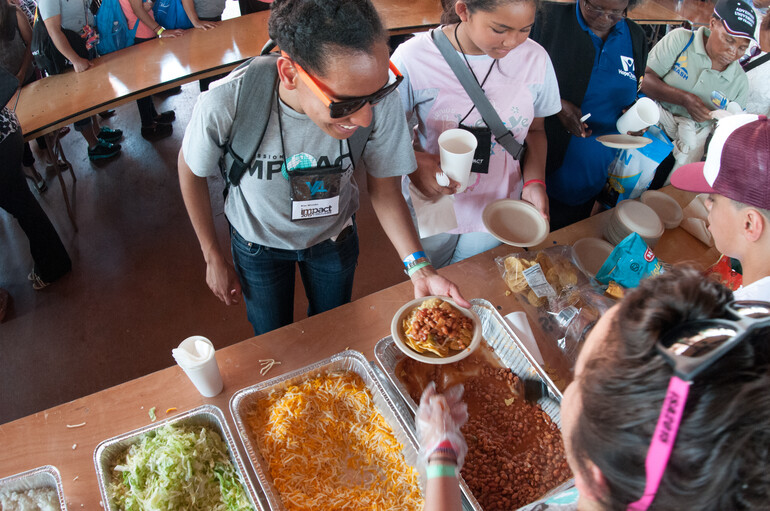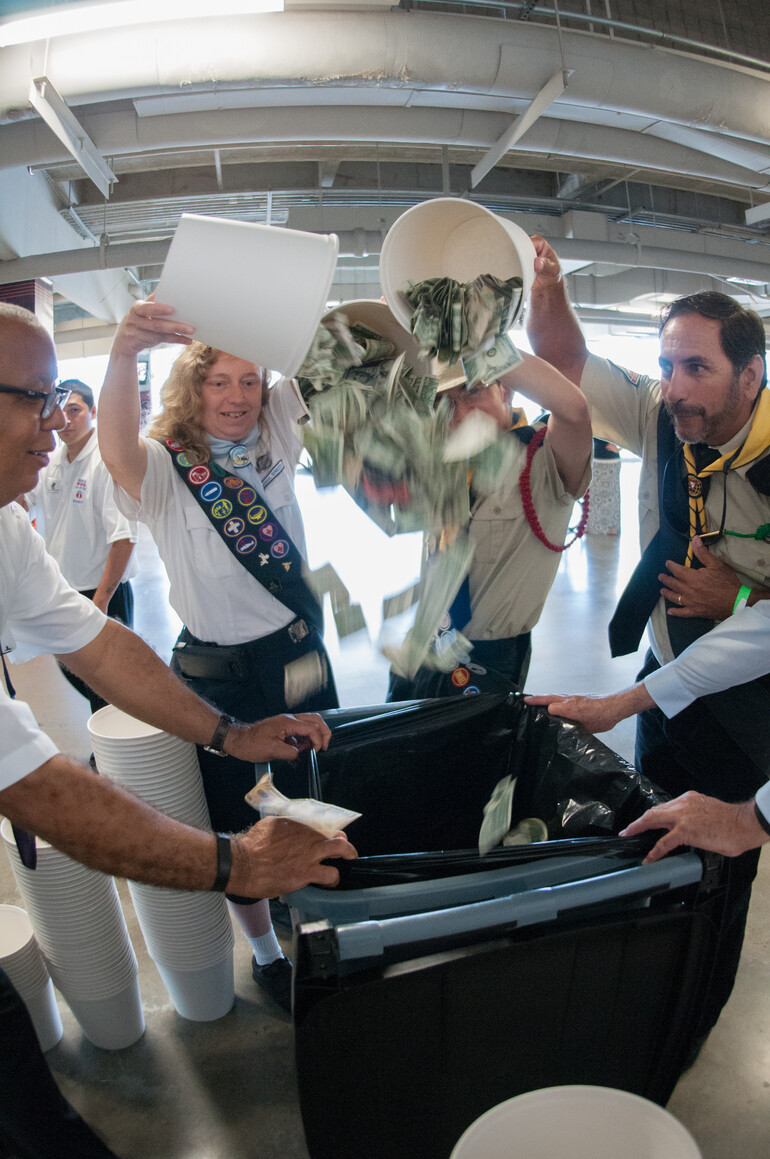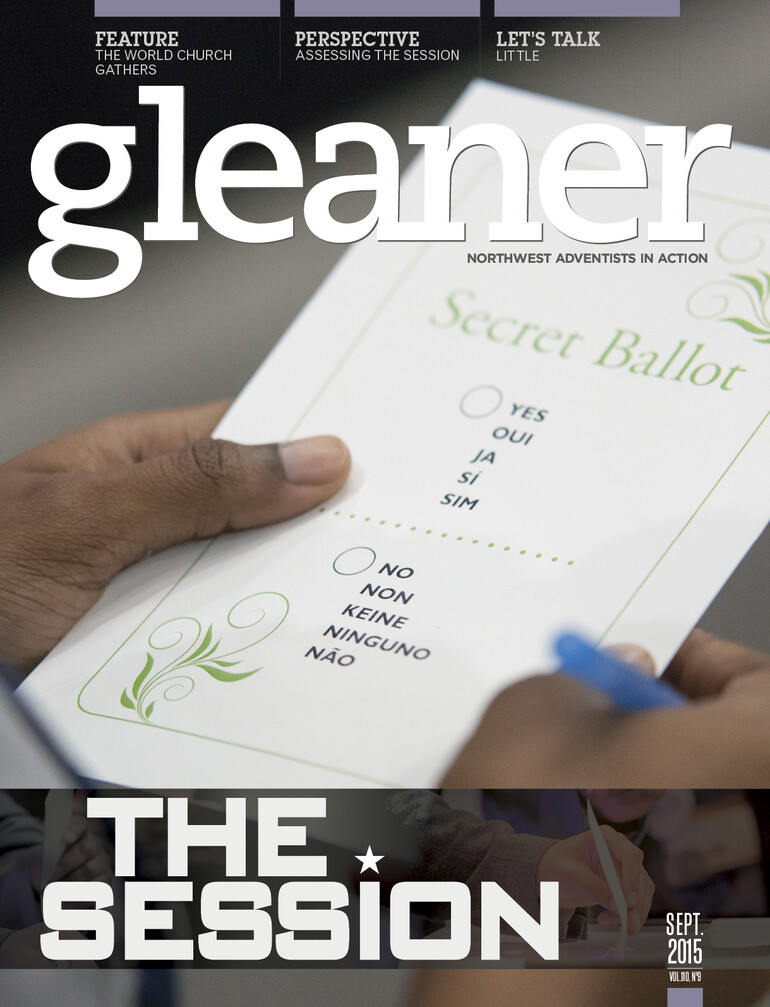Nearly 60,000 Adventists braved the heat and humidity of San Antonio, Texas, for the 60th General Conference Session, held July 2–11.
Some local officials and media outlets characterized the meeting as the largest and longest ever held in the city's history. Twenty-one delegates represented the North Pacific Union Conference (NPUC). Two of them, Max Torkelsen, NPUC president, and Gene Heinrich, a pastor from Portland, Oregon, were placed on the General Conference nominating committee, which recommended names for world church officers and directors to be brought to the delegates for a vote.
World Church Leaders With Northwest Ties
Several individuals with Northwest connections were elected to world church positions of responsibility. Thomas Lemon, who served several years as the Oregon Conference ministerial director, was elected as a general vice president. Duane McKey, former NPUC global mission director, was chosen as the new personal ministries director. Ramon Canals, NPUC vice president for Hispanic ministries, will become McKey’s associate. Julian Melgosa, Walla Walla University professor of education and psychology, was elected as an associate director for the world church education department. Myron Iseminger, who has pastored in the Upper Columbia Conference and served as treasurer for the Montana Conference, was reelected as undersecretary, and J. Ray Wahlen II, former treasurer for the Washington and Montana conferences, was promoted to undertreasurer.
Electronic Voting Fails
The growing challenges of diversity within the world church were quickly illustrated during the first few days when session leaders tried repeatedly to encourage more than 2,000 delegates to use handheld electronic voting devices. These units could have saved much time and guaranteed confidential balloting on important issues. But after multiple attempts to obtain representative results, session leadership threw in the towel and resorted to the more tedious measure of physical hand counts.
The session’s highlighted actions revolved around two areas of discussion: changes to the wording of the church’s 28 Fundamental Beliefs and the question of whether or not world church divisions should be able to independently decide on issues of ordination without regard to gender.
A Discussion of Fundamental Beliefs
The discussion of fundamental belief changes was lengthy but largely semantic, with most voted changes reflected in updated language but little substantive change. Following the 2010 General Conference Session, a small writing committee was formed to draft proposed revisions. The group was chaired by Artur Stele, director of the church’s Biblical Research Institute (BRI), and included Bill Knott, Adventist Review editor; Gerhard Pfandl, BRI associate director; and Angel Rodriguez, retired BRI director.
The longest debate over their recommended changes surrounded Fundamental Belief #6 — Creation. Some members expressed concern about language in the revision that seemed not only to further restrict views on the age of the Earth and length of the creation week, but also moved beyond a commitment to the ideal of 'sola scriptura.' Rodriguez stepped to the podium and affirmed that the suggested update on creation was purposefully drafted to exclude any potential allowances for long-term evolutionary chronology.
Certainly the updated creation statement became more specific with regard to time periods. Departing from more literal biblical language, the revision changed the description from “In six days … “ to “In a recent six-day creation …” It also added a phrase characterizing the Sabbath as a memorial of God’s “creative work, performed and completed during six literal days that together with the Sabbath constituted the same unit of time that we call a week today.”
The Ordination Dilemma
Session planners included an entire day for the discussion on ordination. Following an extensive review of the Theology of Ordination Study Committee (TOSC) process during the morning, actual comments from the floor were given less time than some had hoped. Delegates had a few of their number to partially blame for this, as some repeatedly stepped to the microphone to lodge points of order. While many of these were not truly points of order, as the chairman patiently explained, each created an interruption to the pro-and-discussion at hand.
The polarity of world church delegates on the ordination issue was clearly evident in the response to former GC President Jan Paulsen’s comments from the floor. His appeal to allow diversity on this issue was met with audible sounds of displeasure from some delegations.
In the end, after comments from differing sides of the discussion were heard, delegates went through the laborious but advisable measure of using secret ballots for the vote. The final tally showed nearly six out of 10 delegates voting to disapprove of independent world division action on the topic. Those in favor of the motion represented a number of delegates from beyond the North American Division (NAD). While NAD delegates represented just 7 percent of the delegate total, 41 percent of the world delegates voted in favor of the motion.
It's also important to note that this action did nothing to change the approved world church practice of ordaining women as local elders and deaconesses wherever local churches find it appropriate.
Energy in the Exhibits
Just a 15-minute hike through the heat from the Alamodome floor, a very different world awaited delegates and other visitors to the neighboring convention center. There, more than 300,000 square feet of exhibits and concert stages provided a cross section of global church mission in all its varieties. Official church entities rubbed display shoulders with independently operated ministries. Liberal and conservative outreach projects shook hands and signed up new donors. Those with weary feet sat gratefully soaking up musical praise and worship from the latest, greatest Adventist artists.
Where Do We Go From Here?
Yet the growing diversity of cultures leads to concerns of present and future divisiveness. In the hours immediately following Wednesday's ordination vote, North American Division (NAD) president, Daniel Jackson, spoke clearly in response. He stated that, while some differences exist, “We still need to be able to say, ‘You are my brother. You are my sister. I love you. I care about you. And regardless of your position on this or that, we will link arms and walk together to God’s kingdom!’”
Some leaders within the NAD note that the recent vote on ordination leaves in place the 1901 restructuring of the world church, which handed some roles, including the responsbiility for ordination, to union conferences. This was in harmony with Ellen White’s counsel to distribute governance of the world church to smaller regions of the world in order to avoid what she termed a “kingly power” residing only in one place or position. While some view any differences in process as rebellion against biblical or world church authority, others believe it is a simple, practical fulfillment of White’s guidance to adapt the church’s mission to the unique cultures and challenges around the world. Strong opinions, though, fall on differing sides of this discussion even within North America.
Therefore, as this issue of the Gleaner goes to press, the NPUC executive committee is meeting to further determine how our Northwest leaders and members should address the topic of ordination within the context of unity in mission and the fundamental beliefs of our world church. You can read updated information about that August 19 meeting online at GleanerNow.com and in the GleanerWeekly enewsletter.
View an expanded photo gallery of the 2015 GC Session at glnr.in/2015GCsessiongallery.
